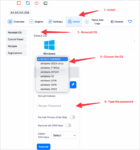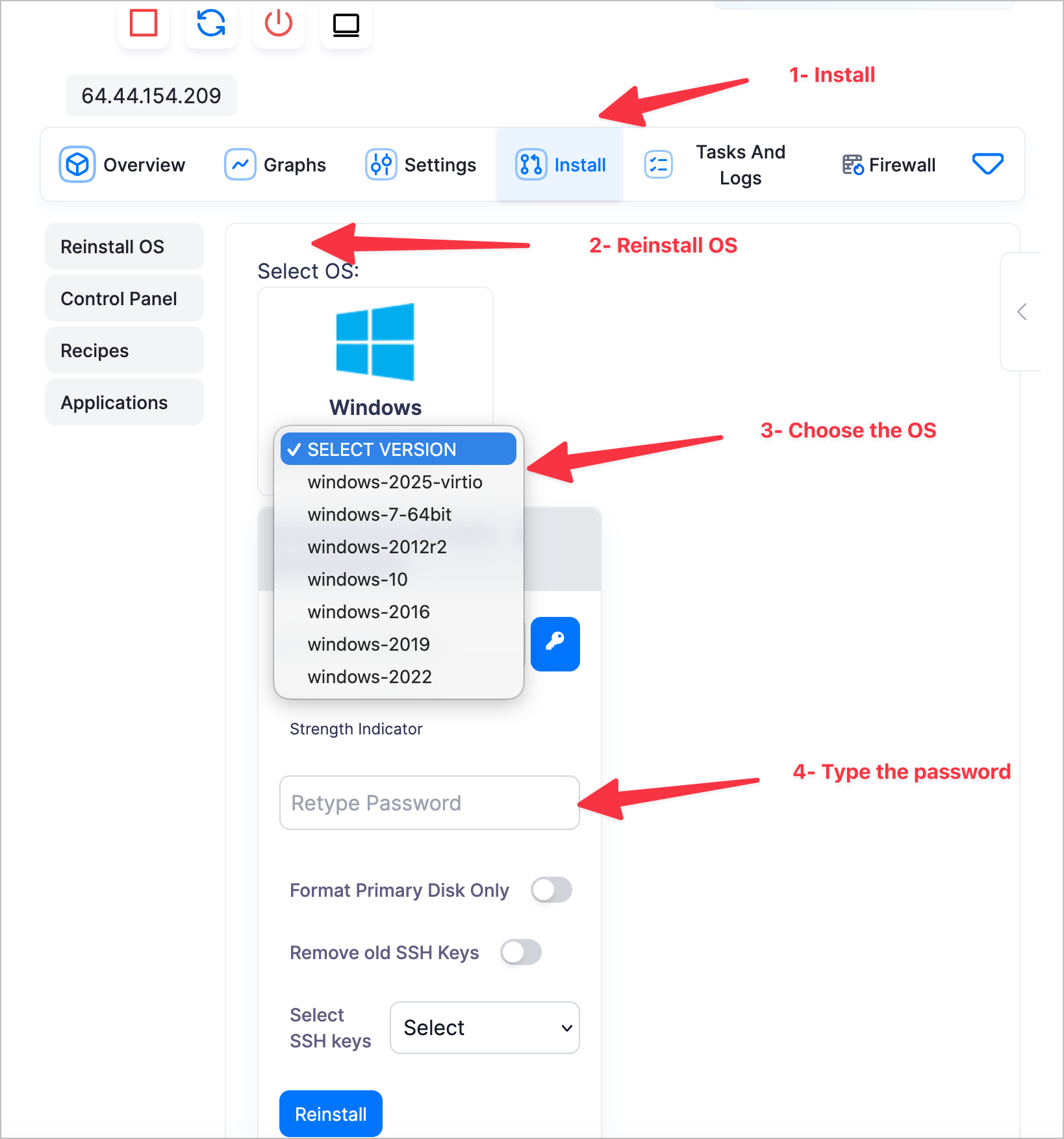Overview of .NET Framework
.NET Framework includes the Common Language Runtime (CLR) for managing execution of .NET code, Base Class Library (BCL) for standard functionality, support for languages like C# and VB.NET that target CLR, managed code execution, and interoperability with native code.
.NET Framework versions support developing and running applications ranging from Windows desktop apps to web apps, services, and server solutions. With .NET Core, .NET Framework supports cross-platform development.
Prerequisites for Installation
Ensure Windows and Windows Server are fully updated before installing .NET Framework. Some versions may require enabling Windows features or installing other dependencies.
Installing .NET Framework
There are two primary installation methods:
Microsoft Website
- Download standalone installer for newer .NET Framework versions from Microsoft’s .NET site.
Windows Features
- Enable built-in .NET Framework releases using Turn Windows Features On/Off or Add Roles and Features in Server Manager.
The following table summarizes supported .NET Framework versions across Windows desktop and server editions:
| .NET Version | Windows 7 | Windows 10 | Windows Server 2012 | Windows Server 2016 | Windows Server 2019 | Windows Server 2022 |
|---|---|---|---|---|---|---|
| .NET 2.0 | Already installed | N/A | N/A | N/A | N/A | N/A |
| .NET 3.0 | Already installed | N/A | N/A | N/A | N/A | N/A |
| .NET 3.5 | Turn Windows Features On/Off | Turn Windows Features On/Off | Turn Windows Features On/Off | Turn Windows Features On/Off | Turn Windows Features On/Off | Turn Windows Features On/Off |
| .NET 4.0 | Microsoft Website | Microsoft Website | N/A | N/A | N/A | N/A |
| .NET 4.5 | N/A | Already installed | Already installed | N/A | N/A | N/A |
| .NET 4.5.1 | Microsoft Website | Microsoft Website | Microsoft Website | N/A | N/A | N/A |
| .NET 4.5.2 | Microsoft Website | Microsoft Website | Microsoft Website | N/A | N/A | N/A |
| .NET 4.6 | N/A | Already installed | N/A | Add Roles/Features | N/A | N/A |
| .NET 4.7 | N/A | Microsoft Website | N/A | Add Roles/Features | N/A | N/A |
| .NET 4.8 | N/A | Microsoft Website | N/A | Add Roles/Features | Add Roles/Features | Add Roles/Features |
Follow the specific installation steps for your Windows or Windows Server version.
Checking Installed Versions
Validate installed .NET Framework versions before deploying new ones using:
- Control Panel > Programs > Programs and Features
- Server Manager – Roles and Features
- PowerShell Commands:
dotnet --list-runtimesGet-ChildItem 'HKLM:\SOFTWARE\Microsoft\NET Framework Setup\NDP' -recurse
Troubleshooting .NET Framework
Some common .NET errors and fixes:
- Assembly not found – Install required .NET Framework version
- .NET runtime errors – Enable .NET Framework Windows feature
- Cannot find .dll files – Repair .NET Framework or reinstall
- App configuration issues – Validate .NET config files
- Outdated .NET version – Upgrade to latest supported .NET version
- Conflicting assemblies – Isolate .NET app bins and versions
Troubleshoot .NET issues on remote servers using PowerShell remoting for diagnosis and fixes.
FAQ
Q: What versions of .NET Framework support 64-bit?
A: .NET Framework 4.5 and above support 64-bit Windows and Windows Server.
Q: Can I install multiple versions of .NET Framework side-by-side?
A: Yes, you can install multiple .NET Framework versions on the same Windows machine.
Q: What is the difference between .NET Framework and .NET Core?
A: .NET Framework is Windows-only while .NET Core is cross-platform across Windows, Linux and macOS.
Q: How do I enable .NET 3.5 on Windows Server?
A: Use the Add Roles and Features wizard in Server Manager and enable .NET Framework 3.5 under Features.
Q: What is the latest version of .NET Framework?
A: As of 2023, the latest public version is .NET Framework 4.8.
Q: Does .NET Framework support Docker containers?
A: Yes, Microsoft provides .NET Framework Docker images, however .NET Core is recommended for containerized deployments.









